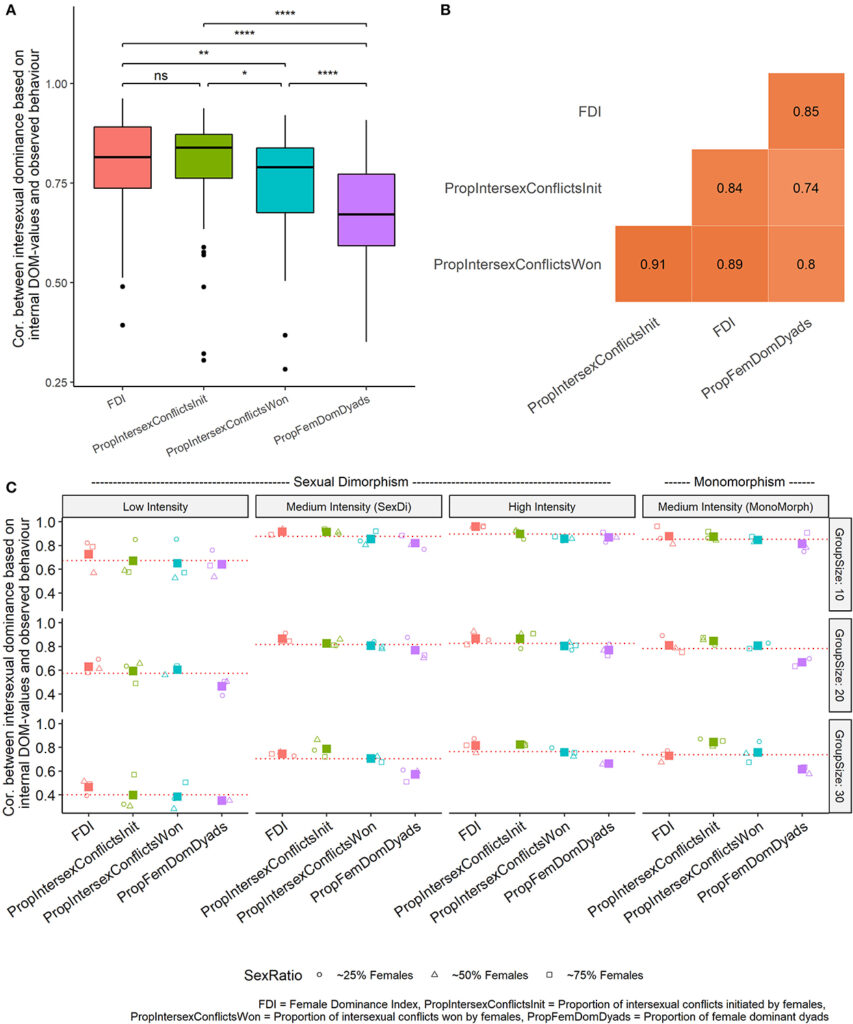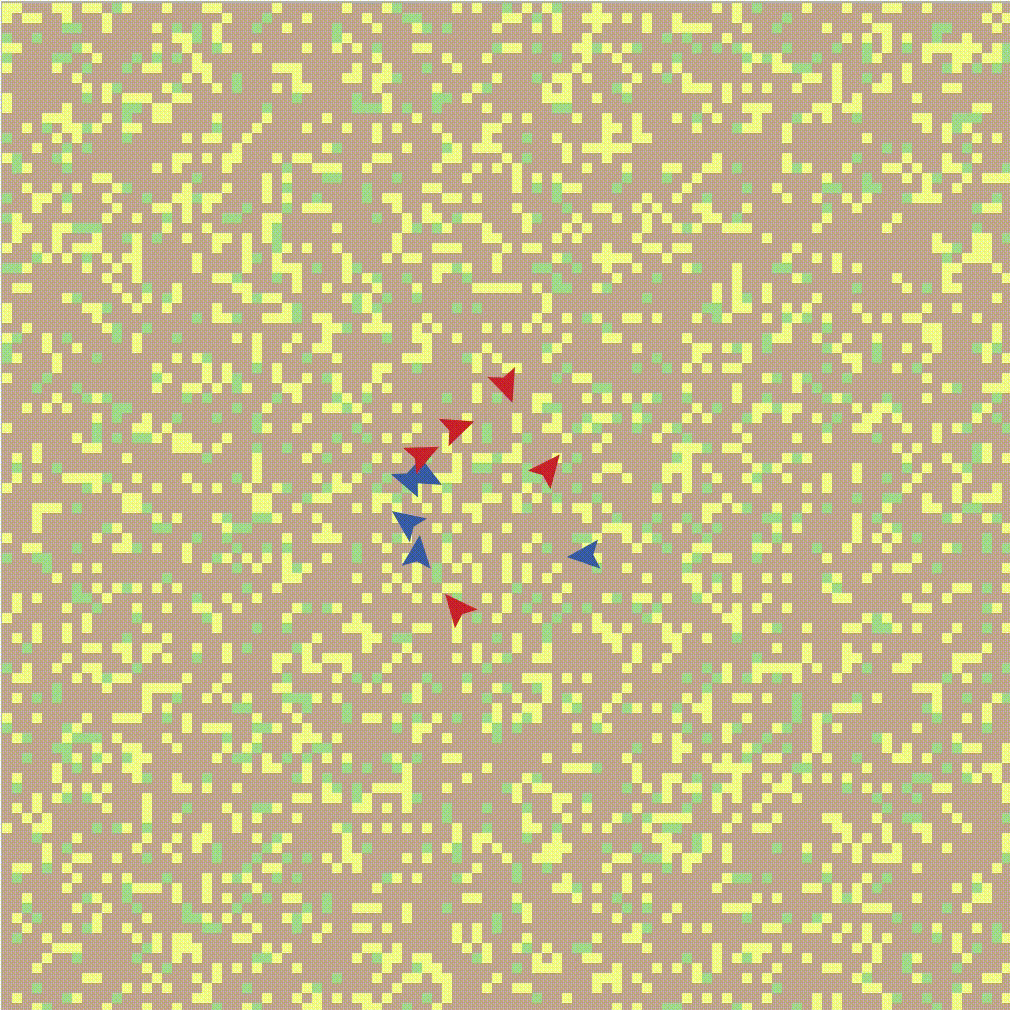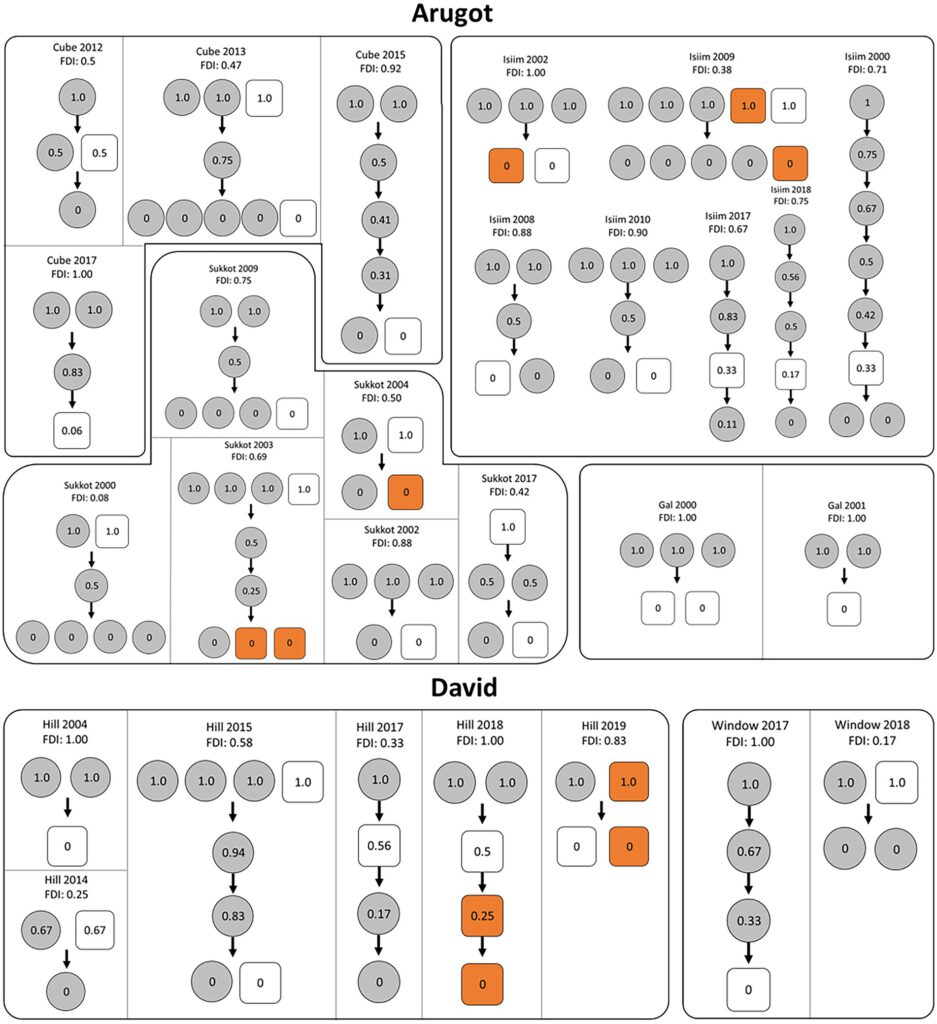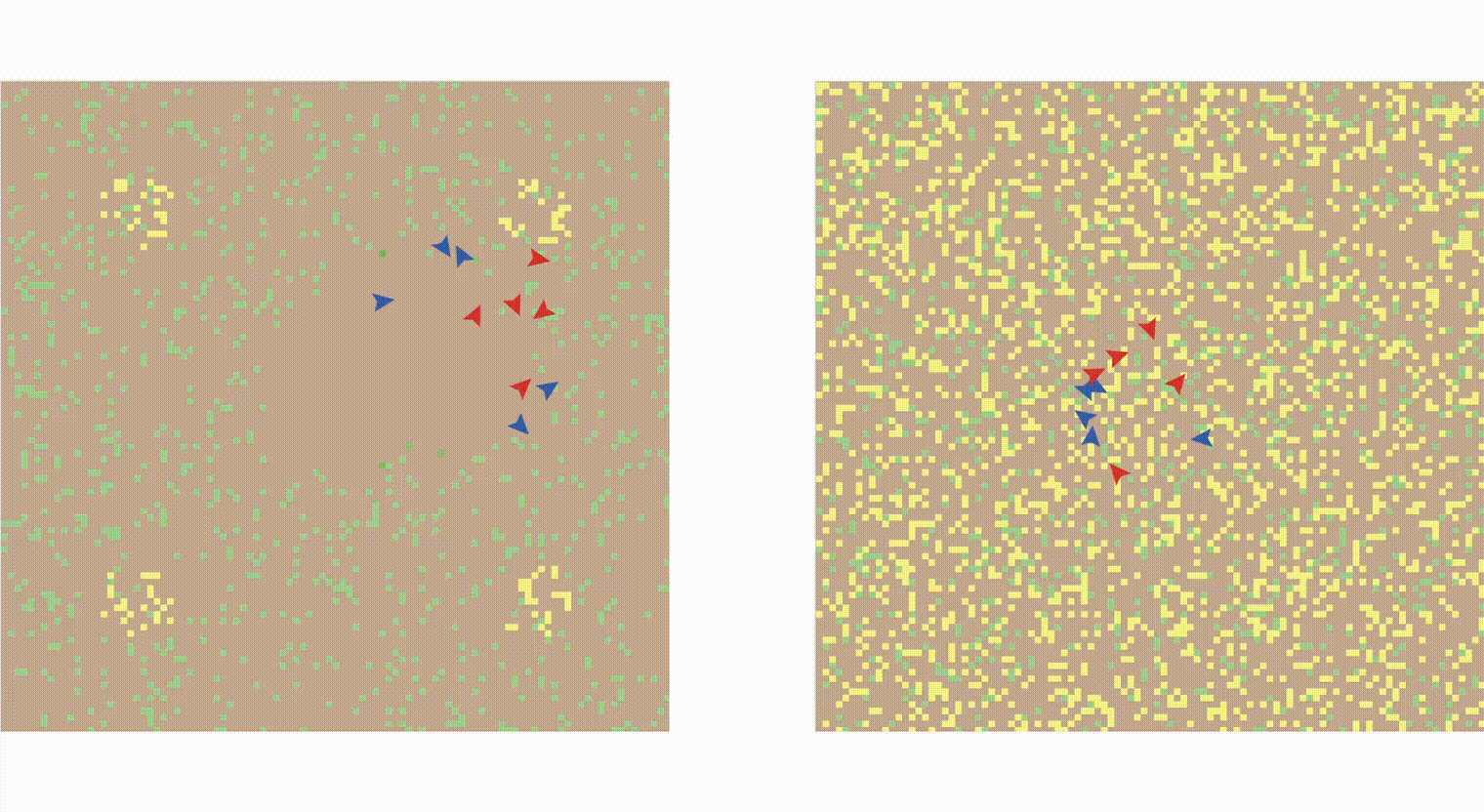Hi, my name is Lauren Seex.
I’m a Data Steward and Trainings Co-ordinator at the University of Groningen, and I really like lemurs🐒

About me
I specialised in studying dominance hierarchies in groups of animals, with a particular focus on female dominance over males among lemur species. Under the guidance of Prof. dr. Charlotte Hemelrijk at the University of Groningen, and Prof. dr. Peter Kappeler and Dr. Claudia Fichtel at the University of Göttingen, I recently finished my Ph.D. which merges an empirical study with agent-based modelling to understand the intricate social systems of lemurs. During my time as a lecturer in theoretical biology, I prioritised evidence-based teaching methodologies and inclusive learning environments, engaging in diverse courses from self-organisation to ecological modelling.
Research Interests
My research findings on lemur dominance dynamics have been published in respected journals, and I’ve presented at conferences, contributing to the discourse on animal behavior. Alongside my academic pursuits, I coordinate courses, mentor students, and participate in teaching panels, highlighting my commitment to education. With a background in Ecology and Evolution complemented by leadership training, I bring diverse skills in scientific writing, project management, statistical analysis, and behavioral data collection.
Publications

Interrelation of traits in species of lemur with different dominance styles
Description: We study in three species of lemur (ring-tailed lemur, Verreaux’s sifaka and red-fronted lemur) whether several spatial and social traits co-vary with each other and how this relates to dominance style. We find that more cohesive groups have a more despotic dominance style and stronger female dominance over males. We discuss what may cause differences in cohesion and how it may impact competition, particularly between the sexes.

How to measure intersexual dominance?
Description: The degree of intersexual dominance in a group varies on a continuum between complete male dominance over females and complete female dominance over males. Yet, we do not know the best measure for intersexual dominance. In this study, we use the agent-based model, DomWorld, to examine the accuracy and robustness of several measures of intersexual dominance. We use DomWorld to study this because patterns of behaviour from the model resemble those of real animals and unlike empirical studies, individuals in the model have internal dominance values that drive their agonistic behaviour. Thus, the accuracy of measures can be evaluated by comparing the degree of intersexual dominance based on observable conflicts to the degree of intersexual dominance based on internal dominance values.

LemurWorld
Publication: Seex, L. Hielkema, T., and Hemelrijk, C. K. In prep. Dominance style and female dominance in lemurs: an agent-based model.
Description: LemurWorld is an agent-based model where agents are guided by simple behaviours such as to group, fight and forage. Individuals resemble lemurs as regards male and females have similar intensity of aggression and initial dominance, but females use more energy per time step than males, resembling their higher energetic demand during reproduction. Changing the distribution of fruit from patchy to uniform causes a switch in patterns of behaviour of the group from resembling those of egalitarian species to despotic species.

Adult sex-ratios and partial female dominance in rock hyrax
Description: An agent-based model, DomWorld, predicts that in species with male-biased sexual dimorphism and intense aggression, females are relatively more dominant with more males in the group. This has been shown empirically in multiple species of primate, yet no other taxa. We test it here in the rock hyrax and show that it occurs in groups with multiple males.
Other publications
Media section
Here is a video of the agent-based model, LemurWorld. It is built in Netlogo and agents are guided by simple rules of grouping, eating and fighting. By differing the distribution of fruit (yellow patches) from patchy (left) to uniform (right), emergent patterns of behaviour switch from resembling despotic to egalitarian species of lemur.

Let’s get in touch!
Twitter – LinkedIn – ResearchGate – Google Scholar – E-mail

